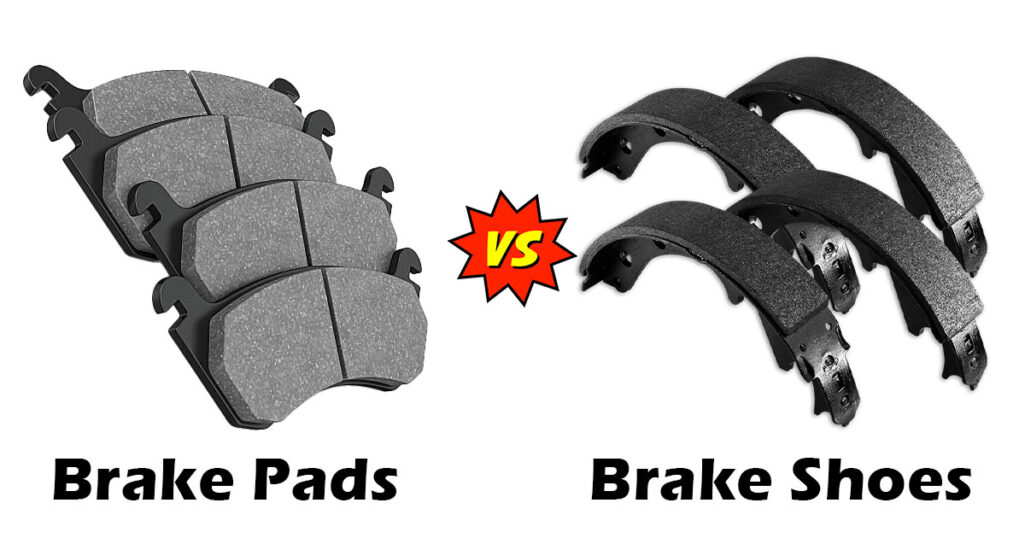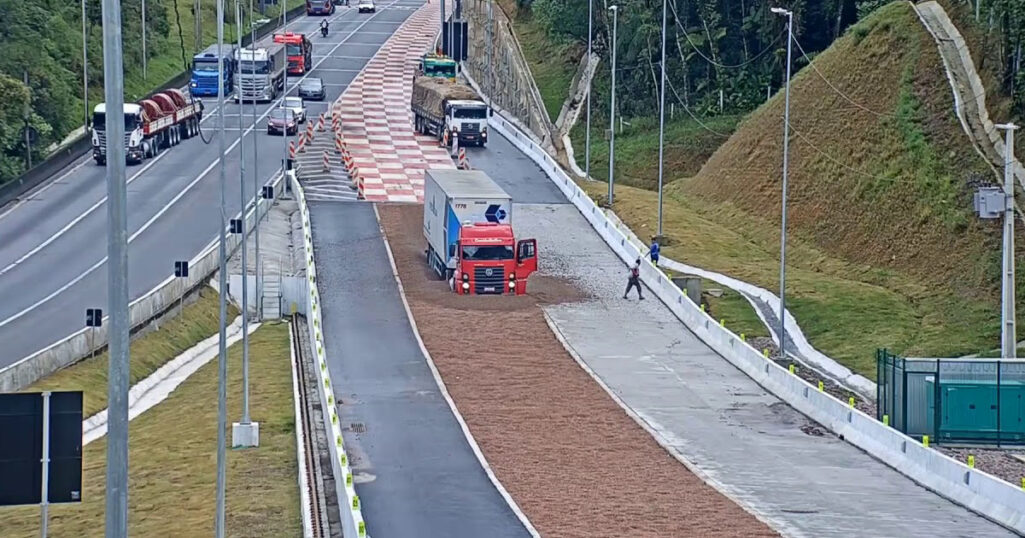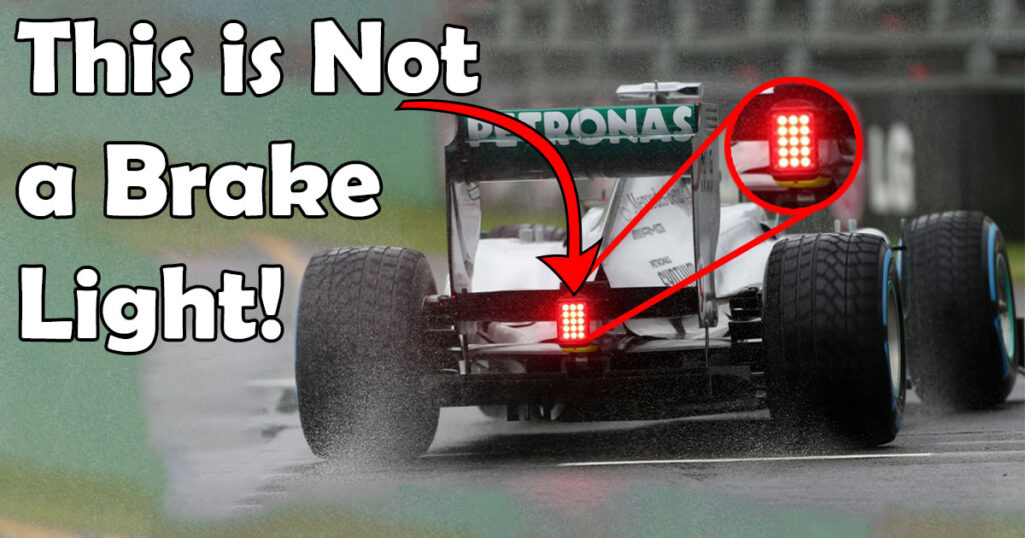
Brake lights are a basic element on all road vehicles, and they’re something we see regularly. They are also standard on the majority of racing cars.
But have you thought before why don’t F1 cars have brake lights? And if you think that this red/orange light on its rear is a brake light, then you have a misconception that must be cleared!
There are no brake lights on Formula 1 cars. A brake light would be a waste of space on a Formula 1 car due to the extreme speeds they run at. When driving at these high speeds, it would be very hard to stop in time to avoid a collision with another car.
Ahaa, so that’s all? No, there is another reason for the lack of brake lights on F1 cars. And we still didn’t find out, what is that light on the back of F1 cars?! Let’s get into the details…
Useless Brake Light
It is redundant and useless for Formula 1 cars to have brake lights. Hence they do not include them. Road vehicles use brake lights to let other drivers behind them know when they’re coming to a stop or slowing down. This will help prevent vehicles from getting hit from behind.
Brake lights to warn other drivers behind a race vehicle would be useless in F1. This is due to the fact that F1 cars travel at such a high rate of speed that they would not be able to stop in time if they were to notice the brake lights of the car in front of them.

While this may appear scary at first view, it isn’t as horrible as it sounds. The first thing to know is that racing tracks are heavily guarded in contrast to driving on a public road. This almost eliminates the possibility of an unexpected pedestrian or animal crossing the road.
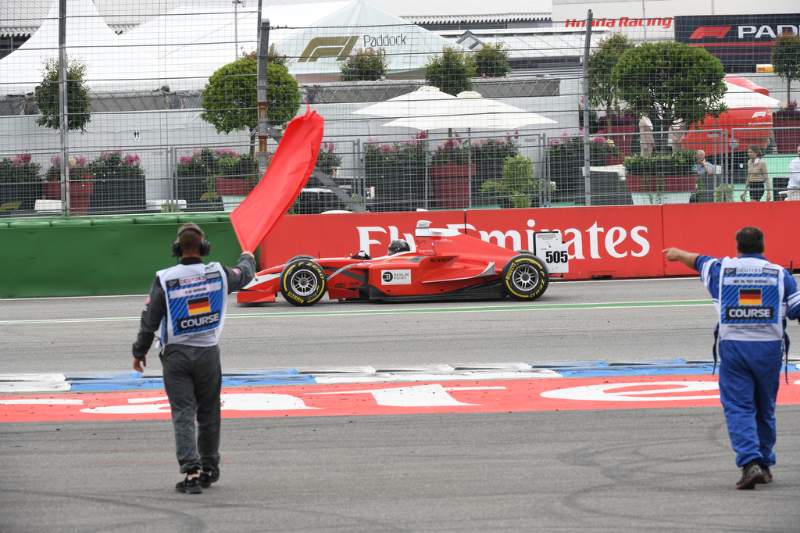
Because of this, the chances of an F1 driver slamming the brakes and coming to a complete stop are extremely rare. Therefore, it is unnecessary to include a system that informs drivers of this because it is rarely utilized. It would also be worthless, as the car behind wouldn’t be able to stop in time.
Do F1 cars have brakes?
Surely F1 cars do have a braking system, and no doubt they use it. But brakes are mostly used before a turn. Drivers often apply the brakes at designated spots on the circuit known as braking points. As a result, drivers should expect the car in front of them to slow down, and they should prepare to do the same.

Braking points are parts of the track where drivers are most likely to slow down. These appear before curves and turns where drivers are required to slow down. Drivers will be able to safely handle the curve if they use the brakes at these points. If you brake too early or too late for a turn, you’ll lose momentum and ultimately end up off the track because you’re traveling at such a high speed.
What is the Light on the Back of F1 Cars?
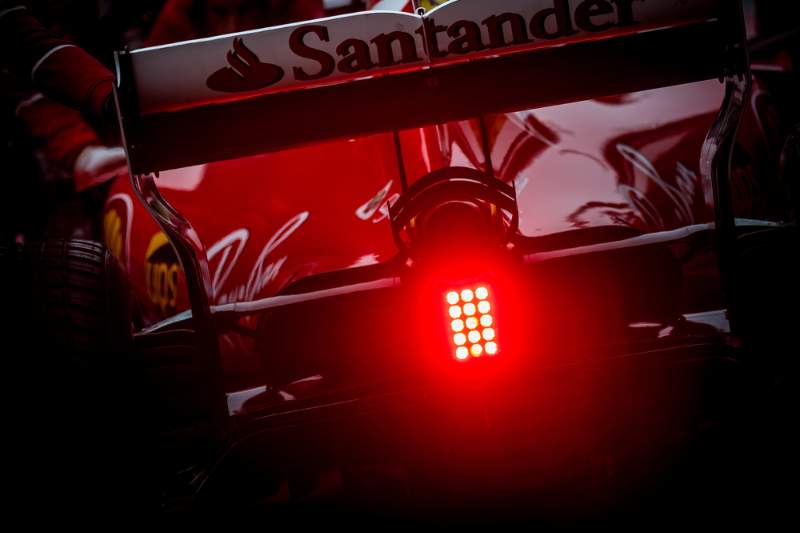
The red/orange light on the back of Formula One cars is not a brake light, but it has two important benefits:
Recovering Energy:
F1 vehicles can utilize the heat generated by the engine and other factors, such as braking, to generate useful energy. Combustion engines are used in F1 cars, and they emit a lot of hot air. Exhaust pipes are a major source of this in most road vehicles. ERS (Energy Recovering System) is a system that transfers heat from exhaust pipes into usable electric energy.
During the race, a portion of this system serves as a generator that provides some of the car’s power needs.

What matters, though, is that the light at the rear of the car turns on when this system is charging (which doesn’t happen every minute of the race). There may be a slowdown in the car’s speed as a result of this procedure taking place.
Low Visibility:
The light on the rear of an F1 car will always be on during low visibility, such as during heavy rain or fog. A warning signal for the racers behind it is the primary function of this light. This lets drivers notice whether another racer is in front of them, which can help prevent accidents.
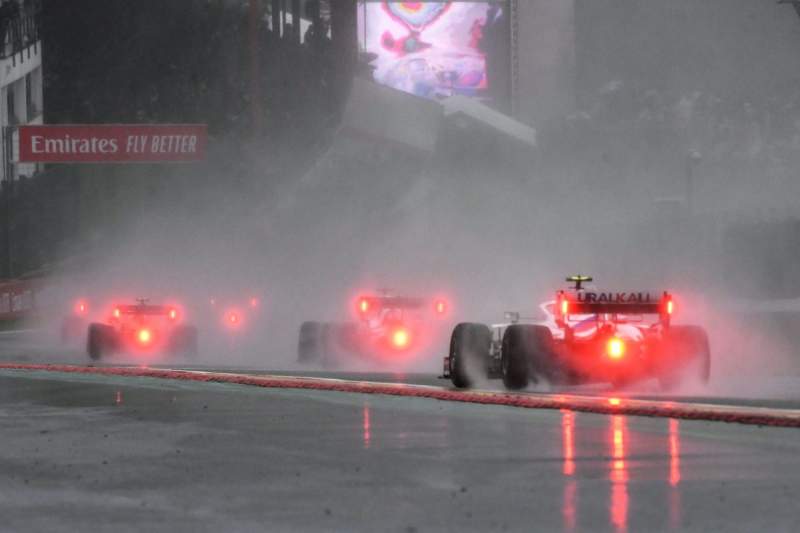
F1 drivers are expected to compete in low visibility weather. Thus having a warning light is essential. Cars’ braking abilities may also be affected by the lack of grip supplied by the track in rainy weather, so it’s important to keep an eye on the traffic in front of you.
Did you know before reading this post that F1 cars don’t have brake lights? And do you think that adding brake lights to these cars is still important?

